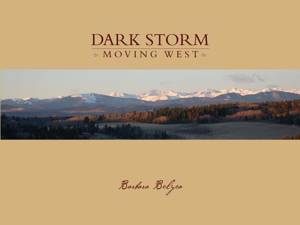
- Afhalen na 1 uur in een winkel met voorraad
- Gratis thuislevering in België vanaf € 30
- Ruim aanbod met 7 miljoen producten
- Afhalen na 1 uur in een winkel met voorraad
- Gratis thuislevering in België vanaf € 30
- Ruim aanbod met 7 miljoen producten
Omschrijving
The fur trade was the impetus for much of the exploration and discovery of North America. Like rolling storm clouds, the expanding enterprise of the fur trade moved relentlessly west to explore the furthest reaches of the continent. From Hudson Bay, Lake Superior, and the Mississippi River, European and American explorers and traders followed a web of waterways north to the rich fur region of Lake Athabaska, farther north to the Arctic Ocean, and west to the Rocky Mountains and on to the Pacific Ocean.
Dark Storm Moving West traces three phases of westward exploration: naval and fur trade ventures on the Pacific coast; traders' progress along interior rivers and lakes; and the transcontinental Lewis and Clark expedition, which used maps based on fur trade surveys.
Barbara Belyea poses challenging questions about the rapid expansion, its effects on Indigenous populations, European versus Indigenous cartography, cultural definitions of space, and communication of traditions. Belyea also introduces Peter Fidler as an important documentary source for exploration studies during the fur trade expansion, incorporating into her own study Fidler's journals, maps, and reports, most of which are previously unpublished.
Specificaties
Betrokkenen
- Auteur(s):
- Uitgeverij:
Inhoud
- Aantal bladzijden:
- 205
- Taal:
- Engels
Eigenschappen
- Productcode (EAN):
- 9781552381823
- Verschijningsdatum:
- 6/09/2007
- Uitvoering:
- Paperback
- Formaat:
- Trade paperback (VS)
- Afmetingen:
- 227 mm x 305 mm
- Gewicht:
- 916 g

Alleen bij Standaard Boekhandel
Beoordelingen
We publiceren alleen reviews die voldoen aan de voorwaarden voor reviews. Bekijk onze voorwaarden voor reviews.











